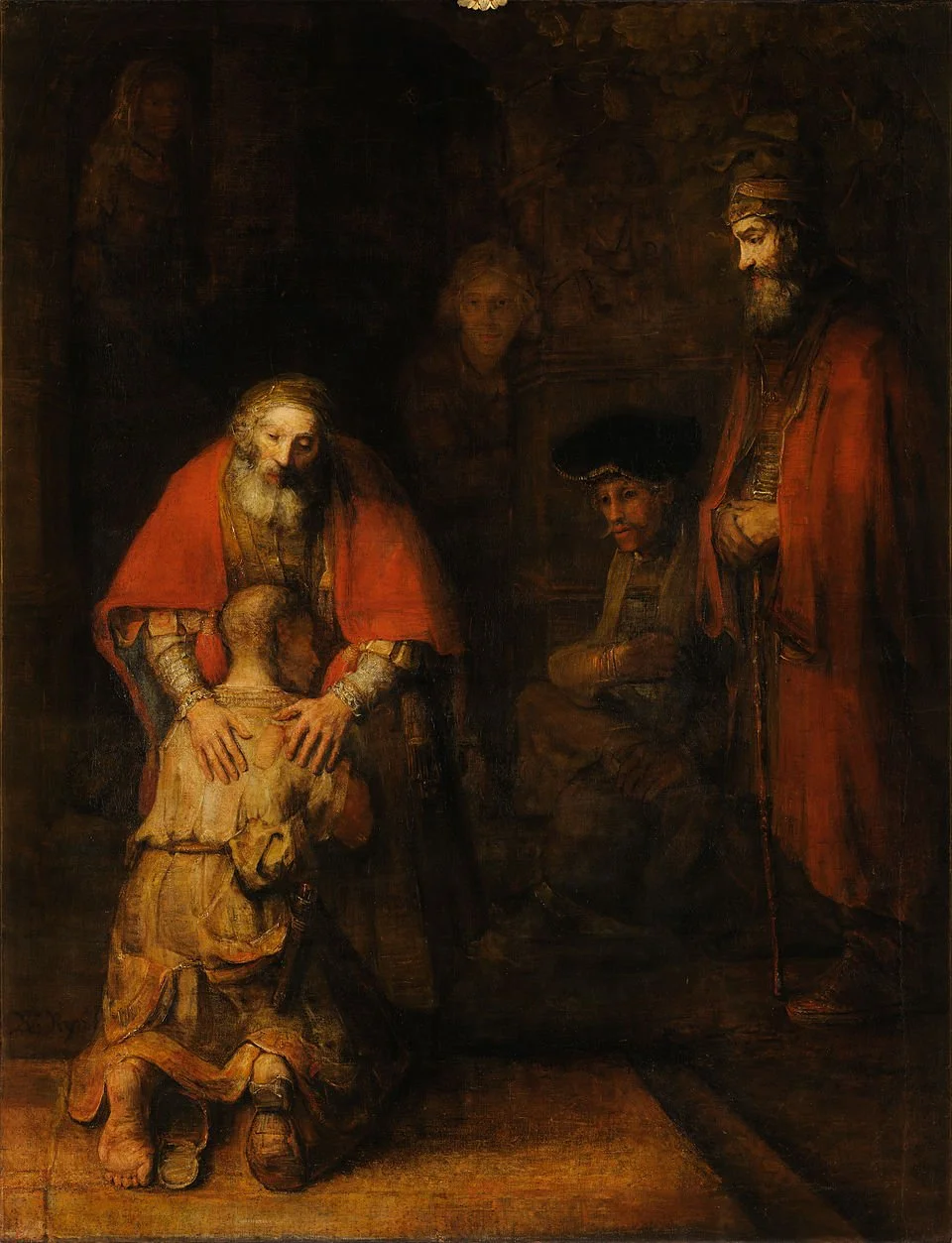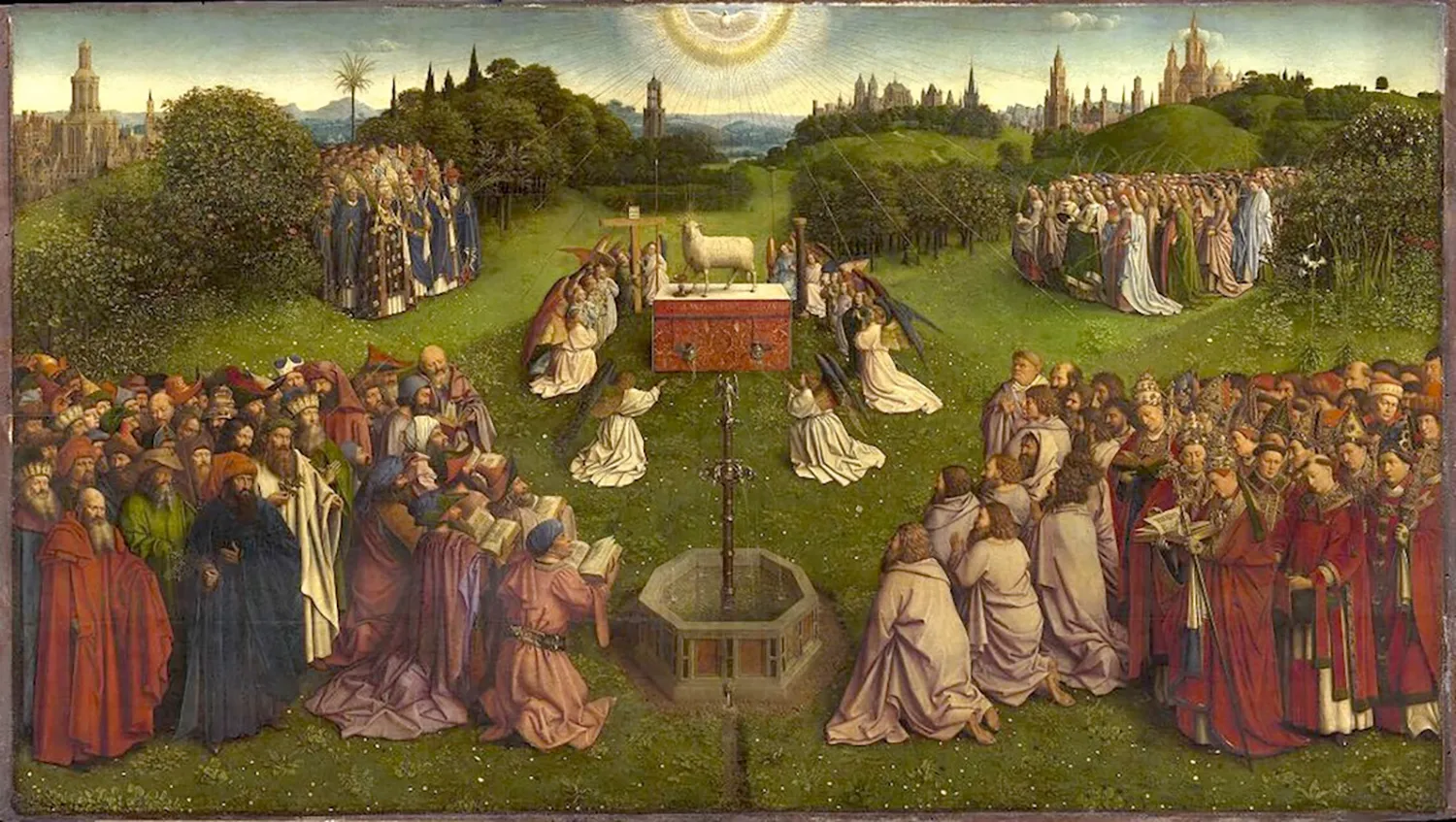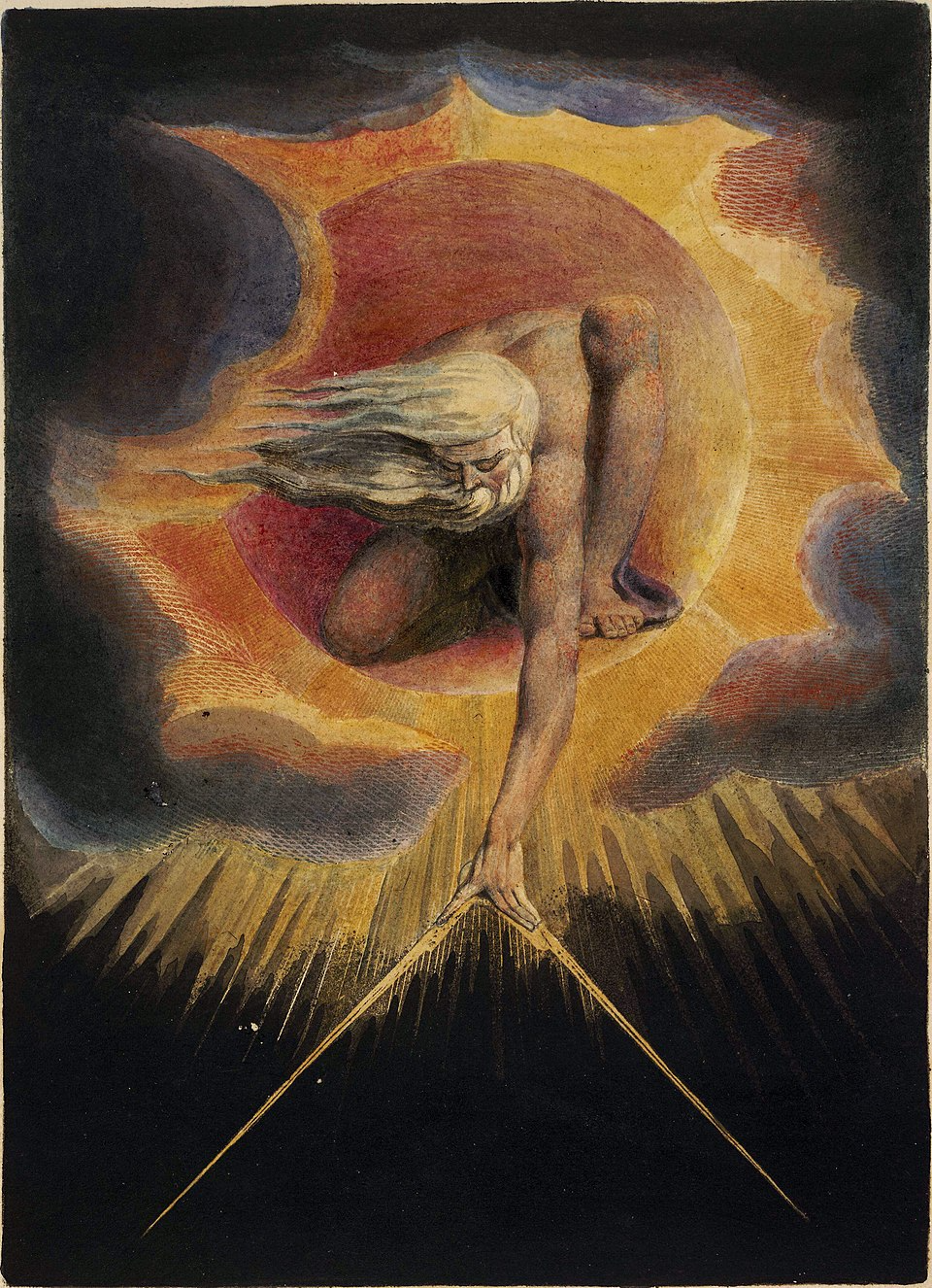
Faith in Art: Christian Paintings and Their Biblical Meaning

Faith in Art
About this page
Sacred art does more than decorate — it teaches, moves, and invites us into deeper communion with God. For centuries, Christian paintings have shaped how believers imagine the life of Christ, the meaning of Scripture, and the mystery of grace. These works were not created as museum pieces but as devotional tools — crafted to stir the soul, awaken faith, and offer a visual theology for the everyday believer.
Faith in Art is a curated series of reflections on famous works of Christian art. These posts aren’t just about brushstrokes and pigments—they’re about the theological imagination, the spiritual longings behind the paint, and how these images still speak today.
Each painting card below will take you to a dedicated page, where you’ll find background on the artwork, key biblical themes, FAQs, and a series of blog posts exploring that painting’s message in depth.

The Last Supper
Jesus’ final meal visualized in motion—betrayal, heartbreak, and sacred stillness meet around a single table.

Sistine Chapel Ceiling
The Bible painted across the heavens—creation, rebellion, and divine intimacy stretched across Michelangelo’s breathtaking ceiling.

The Calling of Saint Matthew
A quiet moment pierced by light—Caravaggio captures the shock of grace interrupting the ordinary.

The Return of the Prodigal Son
A father runs. A son kneels. Rembrandt paints a homecoming full of mercy, wounds, and welcome.

The Transfiguration
Heaven opens above, chaos churns below—Raphael shows glory and suffering side by side in Christ’s mountaintop moment.

The Burial of Count Orgaz
Earth and heaven meet as saints descend for a soul—El Greco’s mystic vision of death made holy.

The Lamentation
Grief surrounds the broken body of Christ—Giotto brings human sorrow and divine sacrifice face to face.

The Ghent Altarpiece
From prophets to angels to the Lamb on the throne—Van Eyck’s altarpiece is a visual symphony of salvation.

The Ancient of Days
God as architect, holding a compass over creation—Blake’s visionary portrayal of divine power and imagination.

Christ of Saint John of the Cross
Light pierces darkness—Christ’s crucifixion reimagined through divine eyes.
